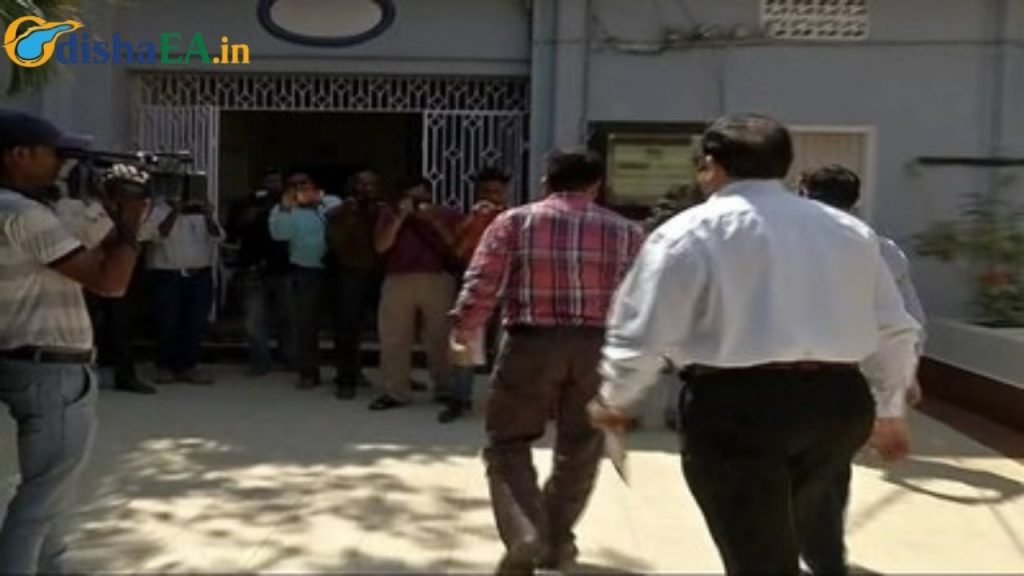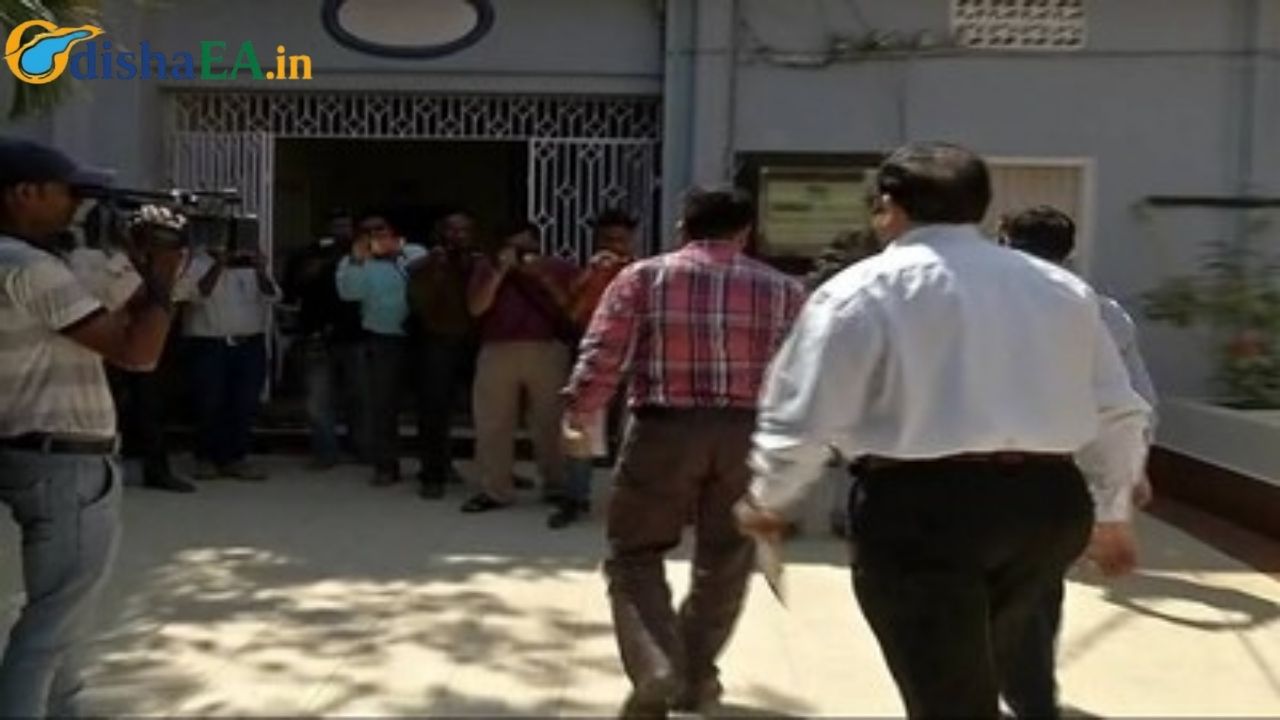Corruption and black money have long been significant challenges for India, holding back progress and eroding public trust in governmental institutions. On August 31, 2025, a pivotal high-level review meeting was held in Cuttack, Odisha, to discuss ongoing efforts in tackling these issues. The meeting, convened by the Supreme Court-appointed Special Investigation Team (SIT), brought together top officials from key enforcement agencies, such as the Enforcement Directorate (ED), Income Tax Department, Odisha Vigilance, and the Crime Branch.

Led by Justice Arijit Pasayat, Vice-Chairman of the SIT, the review focused on enhancing the country’s approach to curbing black money, addressing corrupt officials, and making strides in the recovery of illicit assets. The discussion came at a critical moment when various agencies have reported significant breakthroughs in their fight against corruption and the black money menace.
In this article, we’ll break down what happened at the review meeting, why it’s so important, and what this means for the future of India’s anti-corruption efforts. Whether you’re a concerned citizen, a professional, or someone interested in the steps being taken against corruption, this guide will walk you through everything you need to know.
SIT Takes Strong Action Against Black Money & Corruption
| Key Aspect | Details |
|---|---|
| Focus | Tackling corrupt government officials, recovering black money, and monitoring ongoing surveillance |
| Agencies Involved | Enforcement Directorate (ED), Income Tax Department, Odisha Vigilance, Crime Branch |
| Notable Seizures | ₹220 crore found in raids at a distillery group in Odisha |
| Corruption Cases | Arrest of Sarita Barik, Assistant Commissioner of CT & GST, for taking a ₹25,000 bribe |
| Key Statement | Justice Arijit Pasayat emphasized better coordination among agencies |
| Future Outlook | Continued efforts to dismantle corruption networks and recover illicit wealth |
The SIT’s review meeting in Cuttack serves as a reminder of the ongoing battle against corruption and black money in India. With powerful actions already being taken, such as asset seizures and arrests of corrupt officials, the SIT is showing that it is serious about tackling financial crimes head-on.
As citizens, we can play an essential role in supporting these efforts by staying informed, reporting suspicious activities, and understanding the broader context of these initiatives. Together, we can help build a system that’s transparent, accountable, and free from corruption.
Understanding the SIT and Its Mission
What Is the SIT?
The Special Investigation Team (SIT) was appointed by India’s Supreme Court to tackle the growing concerns about black money and corruption. The team consists of experts from various law enforcement agencies and aims to address the root causes of illicit financial flows, both domestic and international.

The team’s key goals include:
- Investigating large-scale corruption involving public officials
- Identifying and recovering black money stashed abroad and within the country
- Strengthening enforcement mechanisms and ensuring faster legal proceedings
Since its inception, the SIT has worked tirelessly with other agencies to investigate cases of corruption, which are often deeply entrenched within governmental and bureaucratic systems.
Why Is the Cuttack Meeting Significant?
The Cuttack meeting held in 2025 marked a critical review session where progress was assessed, and new measures were discussed to intensify the crackdown on corruption. It was significant for several reasons:
- Centralized Oversight: It ensured that all agencies involved were working together towards a common goal.
- Increased Accountability: Officials discussed the importance of holding corrupt individuals accountable and recovering stolen assets.
- Public Trust: The actions taken during these reviews help reassure the public that the government is serious about tackling black money and corruption.
The SIT’s Recent Actions: What’s Been Achieved?
Tackling Black Money
The SIT’s efforts to combat black money have made headlines, especially with some recent breakthroughs. One of the major highlights of the review meeting was the discussion on the recovery of illicit financial assets. Recent raids led to the seizure of significant amounts of black money, including ₹220 crore found during a raid on a distillery group in Odisha. This was just one example of the large sums of money hidden away by corrupt individuals.
These actions are not just about seizing cash; they are part of a larger effort to identify and dismantle financial networks that enable corruption to thrive. The government’s focus has shifted to creating a more transparent financial system where hidden wealth is harder to stash away.
Arrests of Corrupt Officials
One of the other critical aspects discussed in the meeting was the increasing number of corrupt officials who have been caught in recent investigations. For instance, Sarita Barik, an Assistant Commissioner of the CT & GST, was arrested for accepting a ₹25,000 bribe. Her arrest is part of a broader crackdown on public servants involved in corruption.
These arrests send a strong message: no one is above the law, regardless of their position or power. As more officials are held accountable, the deterrent effect will likely encourage others to think twice before engaging in corrupt activities.
Focus on Interagency Coordination
Justice Arijit Pasayat, during the review, stressed the need for better coordination among the Enforcement Directorate (ED), the Income Tax Department, Odisha Vigilance, and the Crime Branch. These agencies are often tasked with overlapping responsibilities, and the lack of coordination can sometimes lead to inefficiencies in investigations.
The SIT’s goal is to create a unified strategy where information and resources are shared effectively between these agencies. This coordination allows for faster action and ensures that no stone is left unturned when investigating complex corruption networks.
Practical Guide to the SIT’s Anti-Corruption Framework
If you’re curious about how the SIT tackles corruption and black money, here’s a step-by-step breakdown:
Step 1: Identifying Corrupt Officials and Illicit Assets
The first step in the SIT’s process is investigating individuals suspected of being involved in corruption. This can involve looking at suspicious financial transactions, unexplained wealth, and even tips from the public. Once individuals are identified, their assets, both in India and abroad, are tracked.
Step 2: Investigations and Raids
Once sufficient evidence is gathered, raids are conducted at locations where illicit money or assets are believed to be hidden. These raids may uncover hidden cash, precious metals, or even land and property acquired through illegal means.
Step 3: Legal Action and Asset Seizures
Following the raids, legal action is taken to seize the black money or assets. These assets are often auctioned or put back into the public treasury. Additionally, legal proceedings are initiated to ensure that corrupt individuals face the full force of the law.
Step 4: Recovery and Repatriation
The SIT works to recover stolen money, especially that which has been moved abroad. With international cooperation, these funds can be repatriated to India, ensuring that the stolen wealth is returned to the people it was taken from.
Odisha Panchayat Official Arrested for Embezzling Rs 7.35 Lakh Meant for Elderly
10 Years Enslaved, Now Miles to Go: The Silent Exodus of Freed Tribal Labourers in Odisha
FAQs
Q1: How does the SIT investigate black money?
The SIT uses a combination of financial intelligence, whistleblower reports, and coordination with other agencies to track suspicious activities and identify hidden assets.
Q2: Are all public officials involved in corruption being caught?
While the SIT has made significant strides, there are still many individuals under investigation. The team is committed to thorough investigations, ensuring accountability across all levels.
Q3: What happens to the seized black money?
Seized black money is typically put back into the public treasury or auctioned off to recover funds. The government also uses this money to fund public welfare projects.
Q4: How can I report corruption or black money?
If you suspect corruption or black money, you can contact your local enforcement agencies or use anonymous reporting channels set up by organizations like the Income Tax Department or the Vigilance Department.





